Tintinnabula, Margo Lanagan and Rovina Cai, Hardie Grant Egmont, October 2017
From the publisher:
In wild times and in wartime,
in times of fear and illness, I go
to Tintinnabula, where soft rains fall.
Tintinnabula is a story about moving from discomfort to peace,
from violence and uncertainty to a still, sure place.
It reminds us that our best friend in hard times
can often be ourselves.
In 2009, I was working in an independent bookshop in Hobart. I was in charge of the children’s and young adult section. It was a job I adored, for many reasons – not least because I had the opportunity to read for a living. I loved scooping up piles of ARCs to take home, and diving into older books I’d not had the opportunity to enjoy before.
I also really loved shelving.
I loved wheeling my little trolley into my tiny, cosy section, and poring over the new arrivals, reading blurbs (and sometimes sneakily sniffing pages), before I eased them into the already bulging shelves.
During one quieter moment in the shop, in the middle of a busy period, I unearthed a book from my trolley that I had heard wonderful things about, but never had the opportunity to discover myself.
The book was by acclaimed Australian fantasy author, Margo Lanagan. It had a compelling, dark cover, featuring a haunting painting of …
Was it a human?
An alien?
A woman? Old, young …? Was it a ghost? Was it a creature from a dream or a nightmare?
Whatever the case, the cover drew me in and I found myself reading first the blurb and then opening the book to read more.
Ten minutes later, my manager found me sitting on the Turkish carpet of the children’s section, sobbing.
I had just finished reading Singing my Sister Down – a masterful, gut-wrenching story, which (I have discovered in subsequent years), is often featured on lists of the best Australian stories of all time.
It broke me completely.
And it also began my unabating love for all things Margo Lanagan.
The cover of Tintinnabula drew me in, just as the cover of Black Juice did – a dark, moody, atmospheric dreamscape. I plucked the book from the shelf, based on the cover alone, and it was only when I held it in my hands that I noted the author:
Margo.
I stopped what I was doing, even though it was a busy day – even though I had twenty other errands to do, and even though, really, I was in my local bookshop to buy my daughter the latest Dav Pilkey book, and I read Tintinnabula.
And just like that day, ten years before, in another bookshop, I was moved to tears.
Tintinnabula is a book about trauma, about violence and war, and about the power of imagination to draw us away from the horrors of reality. It is a book about how, sometimes, the only safe place to run is inside our own heads. It is about how, sometimes, the only place a displaced person might call home is their own self.
It is astonishingly well-written – lyrical and experimental and brave. It is also intoxicating to look at – the imagination becomes a dusky, misty, magical land that felt so much like the inside of my own brain that I wanted to contact Margo right away to ask how she’d managed to see inside me.
Tintinnabula is a book that could have been about me, as a child. It could have been a picture of my own imagination.
And it made me wonder: does the inside of everyone’s head look like that?
Does the inside of everyone’s soul have those colours?
Margo Lanagan is a writer who sees inside us and speaks, in poetic whispers, to our very souls. And it’s because of this that she is so skilfully able to make us cry. Because to be truly seen and explained is the most profound experience.
Tintinnabula is a book dedicated to all children of war.
I think it should have been dedicated to all children, and all who are still children inside.
After I bought the book (along with the Pilkey, and an Anh Do – for much-needed levity), I went to the shopping centre toilets, cleaned my face and walked back out to do my other errands.
But as I walked, the words of Tintinnabula stayed with me. Those poetic whispers. They stay with me now.
In ten years, I believe they will be with me, still. The sound of bells, echoing through the years – the power of words; of imagination, burning always like a candle in the darkness.






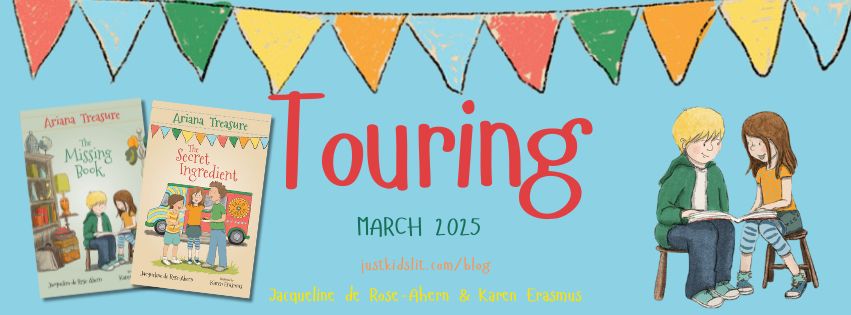
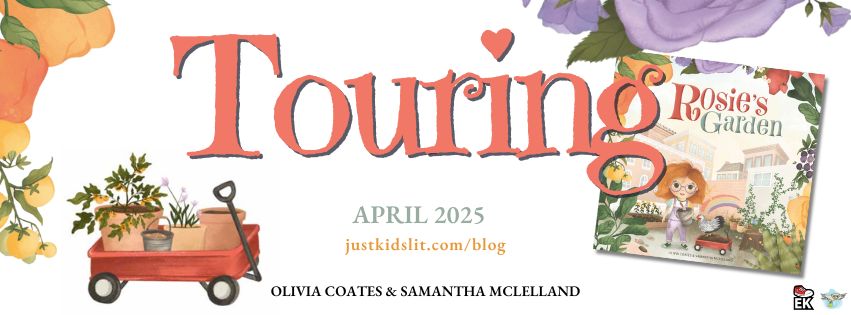
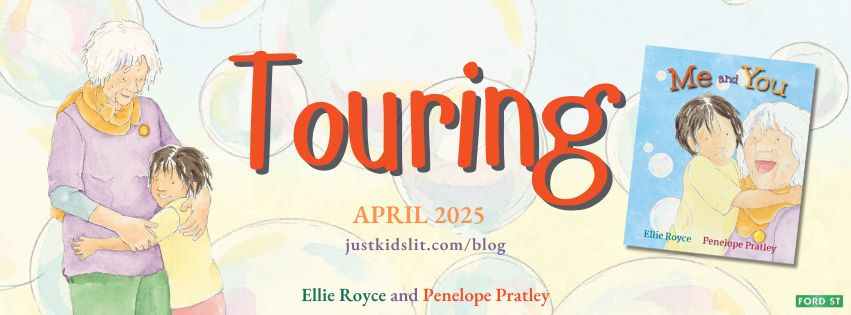
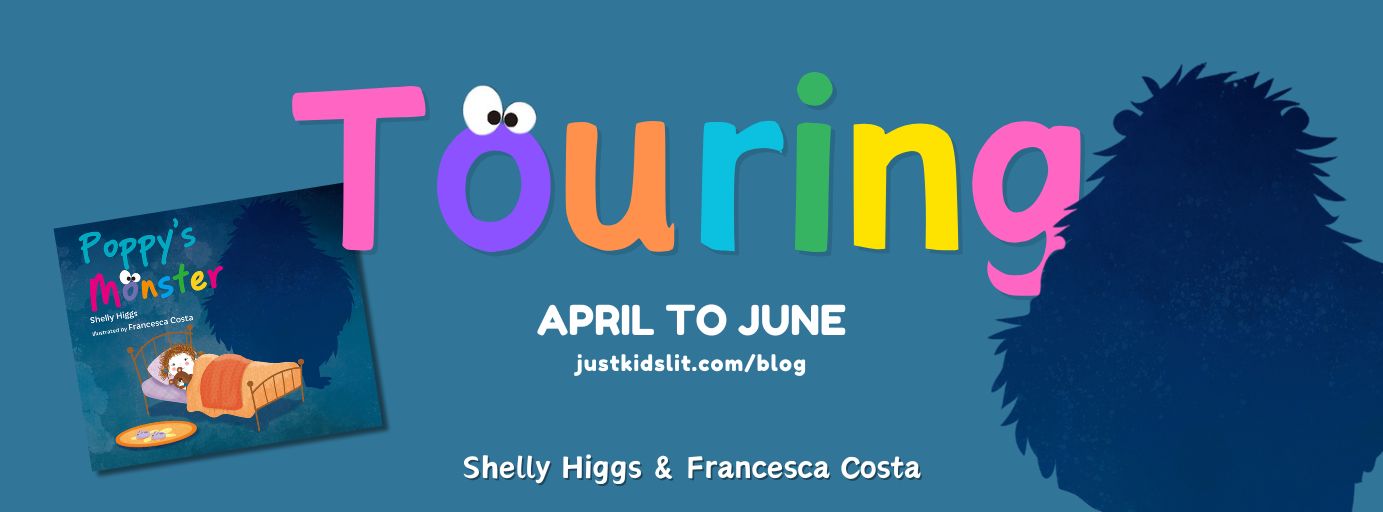
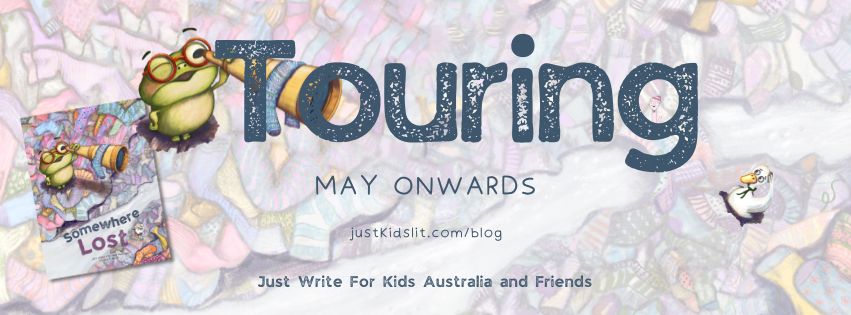





One thought to “Book Review: Tintinnabula, by Margo Lanagan and Rovina Cai (illustrator)”
I absolutely love this book too.